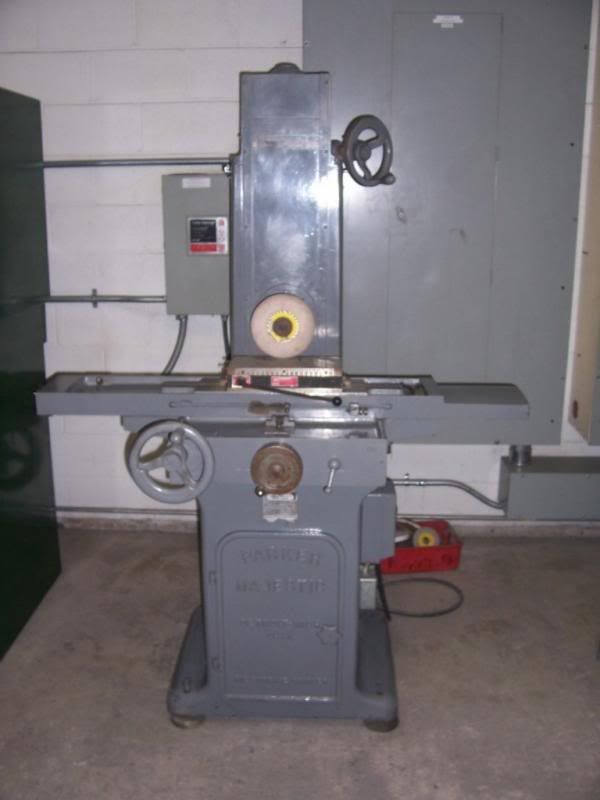Using a 4hp static converter WILL NOT give you 2hp out of a 2hp 3 phase motor.
The rating on a Static converter is simply relative to the capacitor size which is used to start the motor. Once the motor starts, these capacitors are disconnected via a relay and no longer have any bearing on the output of your motor.
In other words, a static phase converter is really just a motor starter, and you're really only running on one phase of your three phase motor. In the long run, this is typically pretty hard on the motor, and not a very good nor efficient way to run a machine. They're much cheaper than a rotary phase converter, but probably will end up being more expensive in the long run.
A rotary phase converter is a better choice, as it will give you true 3 phase power, but it's only about 75-90% efficent, so you would still want a bigger "idler" motor (I.E., the rating of your rotary converter) to run your machine.
One other advantage is that you can run multiple machines at once if you get a big enough rotarty converter, but the major disadvantage is the up front cost. You'll probably pay $3-500 bucks for a 5hp RPC.
There is a middle ground though, which would be my personal recommendation if you're on a budget, and that is to get a VFD (Variable Frequency Drive)
If it's a 2 hp motor, then a 2hp or 1.5kw VFD will be plenty. This gives you 3 phase power as well, but it's more of a "simulated" 3 phase. Still MUCH better than using a static VFD, and it also gives you a little more flexibility with speed adjustments, circuit protection, etc...
I found a decent (albeit chinese) VFD for about $130 on fleabay, and I use it for both my surface grinder as well as my knee mill.
If running more than one machine though, you'll have to do it independently. I just wired an outlet into my VFD and plug whatever machine I'm running into it. You can also rig up a switch panel for each machine, but it was easier/cheaper for me to just run the plugs.
http://www.phaseconverterfaq.org/howitworksphaseconverter.htm
There's a little more info.

